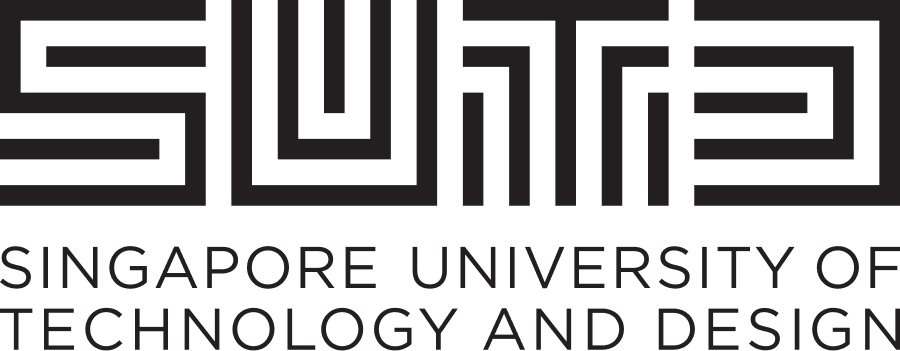SUTD Staff and Students Work Together With Smart AI-Powered Robots in Beach Clean-Up
The robots have landed – in Paris Ris Park Beach.
Four smart robots from the Singapore University of Technology and Design (SUTD) made their way to Pasir Ris Park today to help their human teammates clean the beach.
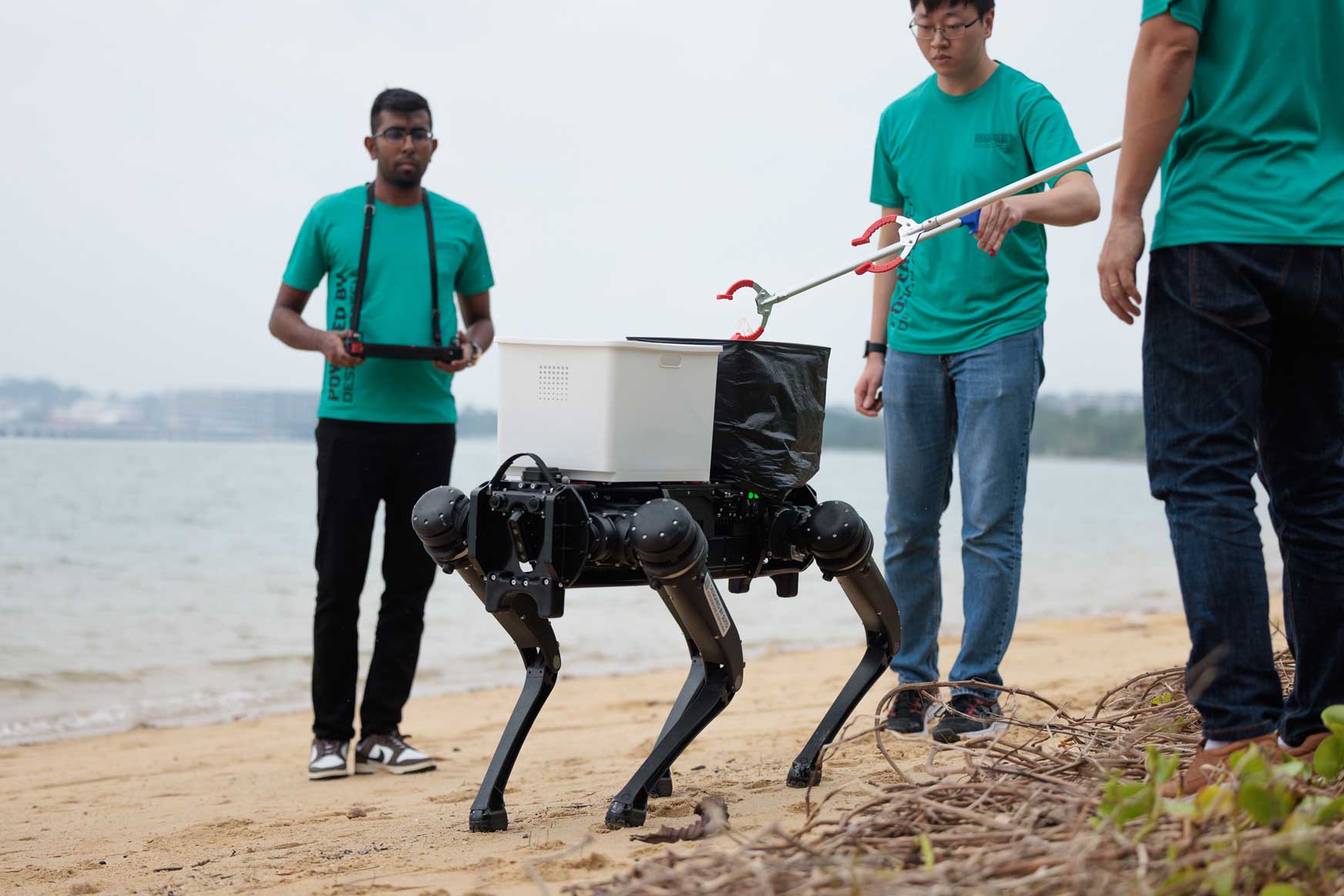
Four-legged Procyon, a payload robot that has AI capabilities, is helping SUTD staff with the beach clean-up.
Together with Guest-of-Honour, Mr Baey Yam Keng, Senior Parliamentary Secretary (SPS) for the Ministry of Sustainability and the Environment as well as the Ministry of Transport, and the SUTD community comprising students, faculty and administrative staff, the smart robots spent three hours sweeping, scooping and scoping land and sea for rubbish.
The autonomous pavement sweeping robot – PANTHERA 2.0 – comes equipped with advanced AI-driven sensing and navigation capabilities, enabling it to navigate autonomously and avoid obstacles while cleaning. The four-legged robot – Procyon – which was originally designed for search and locate operations, is also equipped with AI technologies such as image recognition and avoidance collision to aid in its operation. Procyon’s agility enables it to easily “walk” on sand and climb over uneven surfaces, where it can help to transport bins of trash to the disposal area.
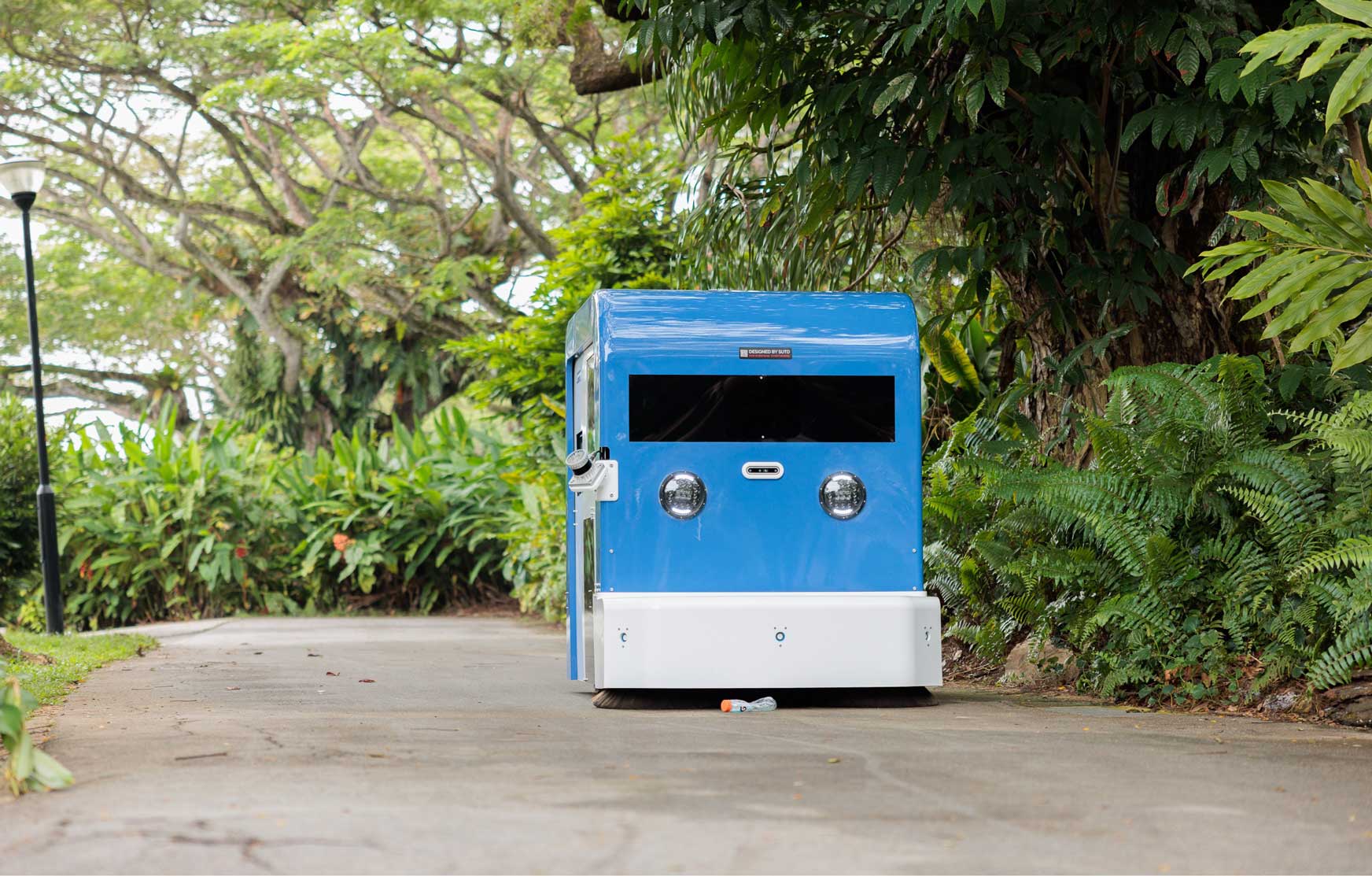
PANTHERA, an autonomous pavement sweeping robot that has AI capabilities.
Joining the PANTHERA and Procyon in the beach cleaning exercise are two other robots that have been repurposed in-house. AQUARS (Aquatic Quick Utility and Retrieval System), a boat-like surface robot, which usually aids in the recovery of aerial-maritime drones that have fallen into the sea, has been modified to recover floating trash.
Another robot, which was originally designed as a mechanical trolley by SUTD’s Design and Artificial Intelligence (DAI) students for a term project, has also been retrofitted by the SUTD Organisation of Autonomous Robotics1 (SOAR), into a beach cleaning robot called Sand-E. It not only has the ability to traverse the sandy beach easily via a continuous track propulsion system, but also to sweep up litter such as plastic debris washed up near the surface of the shoreline by sifting through sand. SOAR collaborated with Polymate, an SUTD alumnus start-up, to acquire the materials and technical knowledge required to develop the robot. Sand-E is a perfect example of the close-knit, interdisciplinary maker community in SUTD.
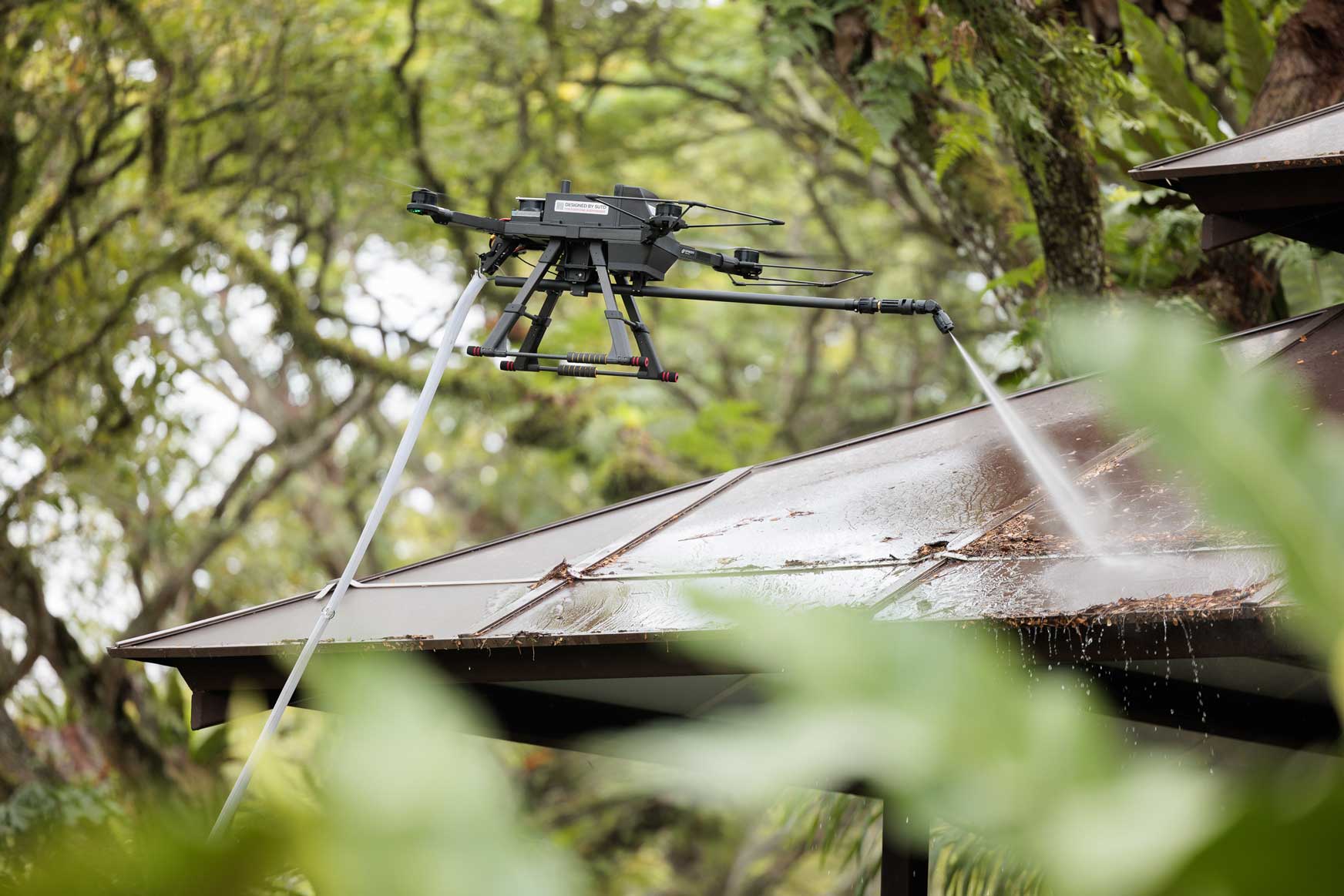
BLASTER, a tethered flying drone equipped with pressurised jetting capabilities to clean the beach pavilion’s roof.
Besides robots, there is also the BLASTER (Better Localised Autonomous Scouring and Tethered Ejecting Rotorcraft), a tethered flying drone whose flight control is computer assisted with in-built-AI. It is also equipped with pressurised jetting capabilities, which can clean hard-to-reach structures at the beaches, such as buildings and beach walls, etc. A full list of the technologies on demo and brief explanations of how they work can be found in Annex A.
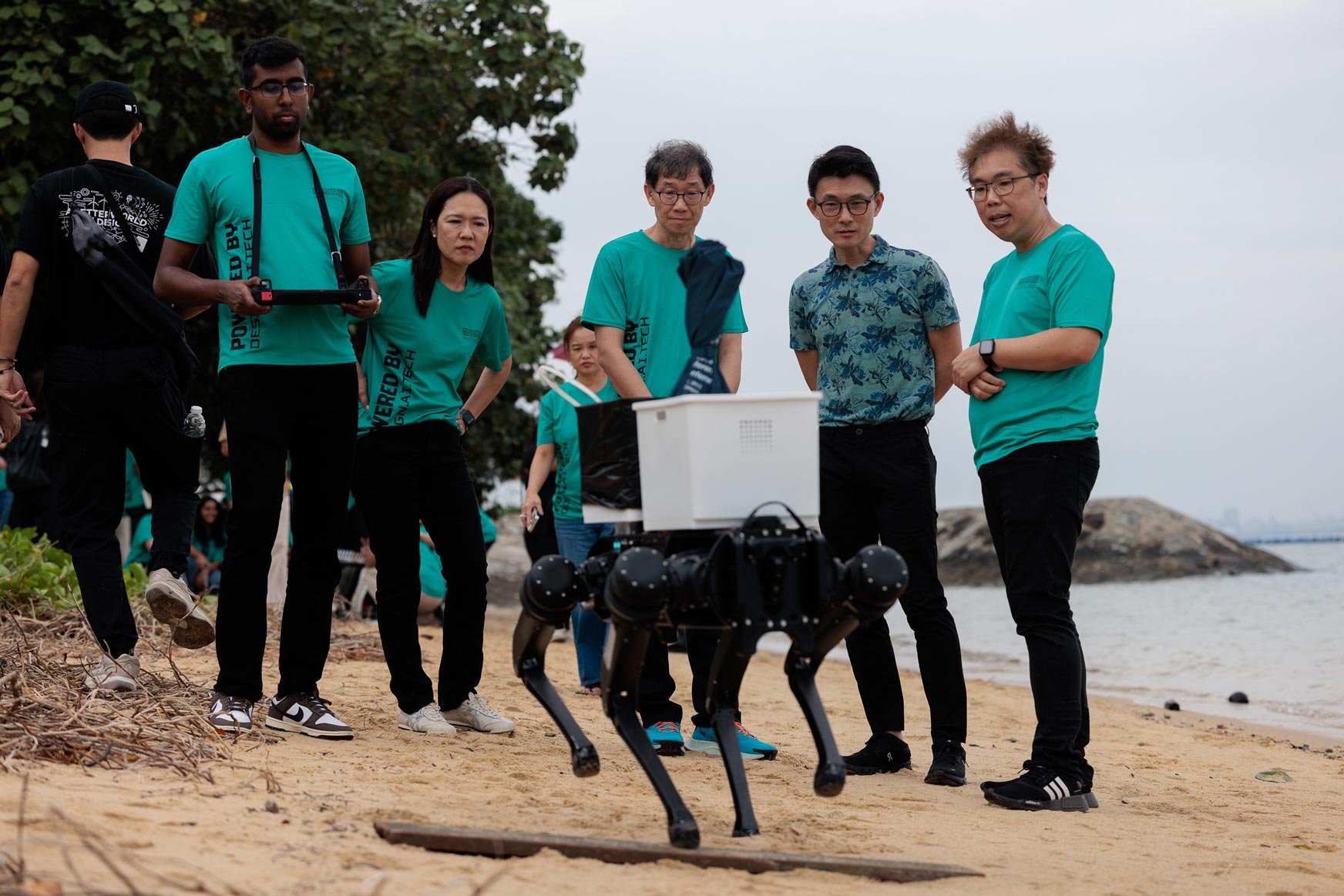
Mr Baey Yam Keng, Senior Parliamentary Secretary for the Ministry of Sustainability and the Environment and the Ministry of Transport watching Procyon in action.
SUTD President, Professor Phoon Kok Kwang said: “At SUTD, it is never business as usual. We are constantly looking at new and innovative ways to do even the most mundane of tasks. Take this beach clean-up for example. Like many other organisations before us, we have activated our community to come down here today – the difference is that our little village comprises not just faculty, staff, and students, but also smart robots!
“SUTD has always been different. It’s our DNA. And now, we are once again trailblazing by charting a bold course towards AI as the world’s first Design AI University. Today’s event provides a glimpse into our vision of humans and AI collaborating seamlessly. Our smart robots and drones, designed and retrofitted in-house, are here to demonstrate their potential as they assist in cleaning the beach. On their own, each robot and drone is a tool designed for specific tasks. Organised the way we have for today’s clean up, they formed a team with us, expanding how and what we can clean,” he added.
Vincent Ho, 24, a Year 2 Engineering Product Development student and lead of SOAR behind Sand-E, said: “We are very excited to participate in this beach clean-up as it gives us the opportunity to test our ideas and further develop Sand-E’s AI and technical capabilities. Sand-E was a passion project that the team had worked on by repurposing it from an earlier project design. We are very proud of how it has turned out.”
1 SOAR is a student club that focusses on autonomous robotics platforms, AI and machine learning frameworks. It aims to nurture a committed robotics community through impactful projects and member development. The Club adopts Robot Operating System (ROS) as the main robotics middleware framework to keep pace with industry demands as well as to ensure that its projects are cross-compatible and hardware-agnostic.
Annex A
Robotic technologies
- PANTHERA 2.0
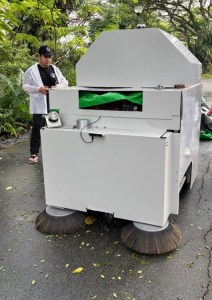 PANTHERA 2.0 (Testbed) is an Autonomous Pavement Sweeping Robot designed to clean jogging and cycling pavements efficiently. Equipped with advanced AI-driven sensing and navigation capabilities, the PANTHERA 2.0 can navigate autonomously, avoiding obstacles and ensuring thorough cleaning. The robot uses a dual sweeping mechanism comprising side brushes to direct debris toward the centre and cylindrical brushes to lift and collect trash in a standard 120-litre bin for easy waste disposable process.
PANTHERA 2.0 (Testbed) is an Autonomous Pavement Sweeping Robot designed to clean jogging and cycling pavements efficiently. Equipped with advanced AI-driven sensing and navigation capabilities, the PANTHERA 2.0 can navigate autonomously, avoiding obstacles and ensuring thorough cleaning. The robot uses a dual sweeping mechanism comprising side brushes to direct debris toward the centre and cylindrical brushes to lift and collect trash in a standard 120-litre bin for easy waste disposable process. - Procyon
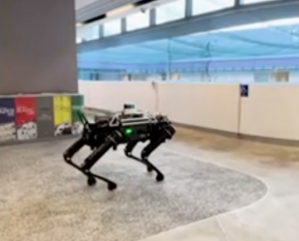 The Procyon is a robot originally designed for search and locate operations conducted by emergency service personnel. Modelled after a four-legged creature, Procyon’s agility allows it to easily “walk” on sand and climb over uneven surfaces, where it can help to transport bins of trash to the disposal area. Procyon is also equipped with AI technologies such as image recognition and avoidance collision to aid in its operation.
The Procyon is a robot originally designed for search and locate operations conducted by emergency service personnel. Modelled after a four-legged creature, Procyon’s agility allows it to easily “walk” on sand and climb over uneven surfaces, where it can help to transport bins of trash to the disposal area. Procyon is also equipped with AI technologies such as image recognition and avoidance collision to aid in its operation. - Sand-E
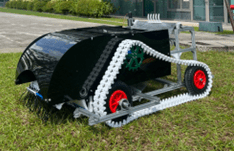 The Sand-E robot is a fully remote-controlled device designed to maintain beach cleanliness by removing surface-level pollutants near the shoreline. Using a sweeper mechanism, Sand-E can sweep up litter by sifting through the sand and collect debris such as paper tissues, plastic bags and bottles washed up along the beach into its conveyor belt system, which then transports the collected trash into an 18L waste disposal box located at the back of the robot. Initially developed as a term project by Design and Artificial Intelligence (DAI) students, the robot has now been further enhanced/retrofitted by Freshmore (first year) students from the SUTD Organisation of Autonomous Robots (SOAR) club using maker materials provided by Polymate, an SUTD alumni startup.
The Sand-E robot is a fully remote-controlled device designed to maintain beach cleanliness by removing surface-level pollutants near the shoreline. Using a sweeper mechanism, Sand-E can sweep up litter by sifting through the sand and collect debris such as paper tissues, plastic bags and bottles washed up along the beach into its conveyor belt system, which then transports the collected trash into an 18L waste disposal box located at the back of the robot. Initially developed as a term project by Design and Artificial Intelligence (DAI) students, the robot has now been further enhanced/retrofitted by Freshmore (first year) students from the SUTD Organisation of Autonomous Robots (SOAR) club using maker materials provided by Polymate, an SUTD alumni startup. - Surface robot – AQUARS
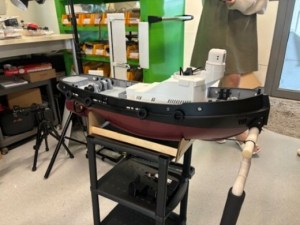 The Surface robot has a boat-like structure and is usually used to aid in recovery of aerial-maritime drones that have fallen into the sea during testing. Modified into AQUARS (Aquatic Quick Utility and Retrieval System), it has been retrofitted for the recovery of floating trash.
The Surface robot has a boat-like structure and is usually used to aid in recovery of aerial-maritime drones that have fallen into the sea during testing. Modified into AQUARS (Aquatic Quick Utility and Retrieval System), it has been retrofitted for the recovery of floating trash. - TURACO: Autonomous Beach Cleaning Robot
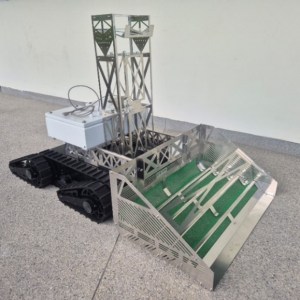 TURACO is an autonomous beach cleaning robot designed to remove small debris from beaches. Not only does it remove such debris that are on the surface, but it can also clean away debris that are partially or fully buried under the surface as well.
TURACO is an autonomous beach cleaning robot designed to remove small debris from beaches. Not only does it remove such debris that are on the surface, but it can also clean away debris that are partially or fully buried under the surface as well.
The platform’s cleaning mechanism is based on a sieve. As the robot drives forward, sand will be continuously pushed into the filtering mechanism, which allows sand to flow back onto the beach while leaving the rubbish in the collection tray. While most autonomous robot platforms have issues navigating large, open areas like beaches due to lack of features for common sensors to pick up on, a sensor suite comprising multiple sensors is being developed for this platform. This sensor suite enables the robot to be able to localise itself without the need for installing markers that can disrupt the natural beauty of beaches.
Unmanned aerial technologies
- BLASTER (Better Localised Autonomous Scouring Tethered Ejecting Rotorcraft)
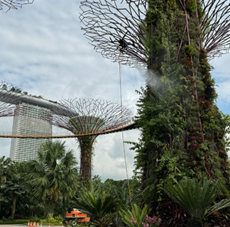 BLASTER is a remotely piloted unmanned aerial vehicle (UAV) equipped with pressurised jetting capabilities, specifically customised for efficient high-pressure washing and chemical application. It is designed to clean hard-to-reach structures, such as buildings and beach walls, making it effective for use in coastal areas.
BLASTER is a remotely piloted unmanned aerial vehicle (UAV) equipped with pressurised jetting capabilities, specifically customised for efficient high-pressure washing and chemical application. It is designed to clean hard-to-reach structures, such as buildings and beach walls, making it effective for use in coastal areas.
